Dhaka, July 24 (V7N) — Bangladesh is on the brink of a major food security crisis as its vital agricultural land continues to vanish at an alarming rate. Unchecked urban expansion, worsening river erosion, and accelerating climate change are devouring thousands of hectares of fertile land, threatening the country's ability to feed its growing population.
According to a report released by the Bangladesh Bureau of Statistics (BBS) on June 22, 2025, the country has seen a 3.75% decline in farmland between 2015 and 2023. This trend translates into a yearly loss of nearly 80,000 hectares, much of it converted for non-agricultural use such as factories, roads, real estate development, and infrastructure projects.
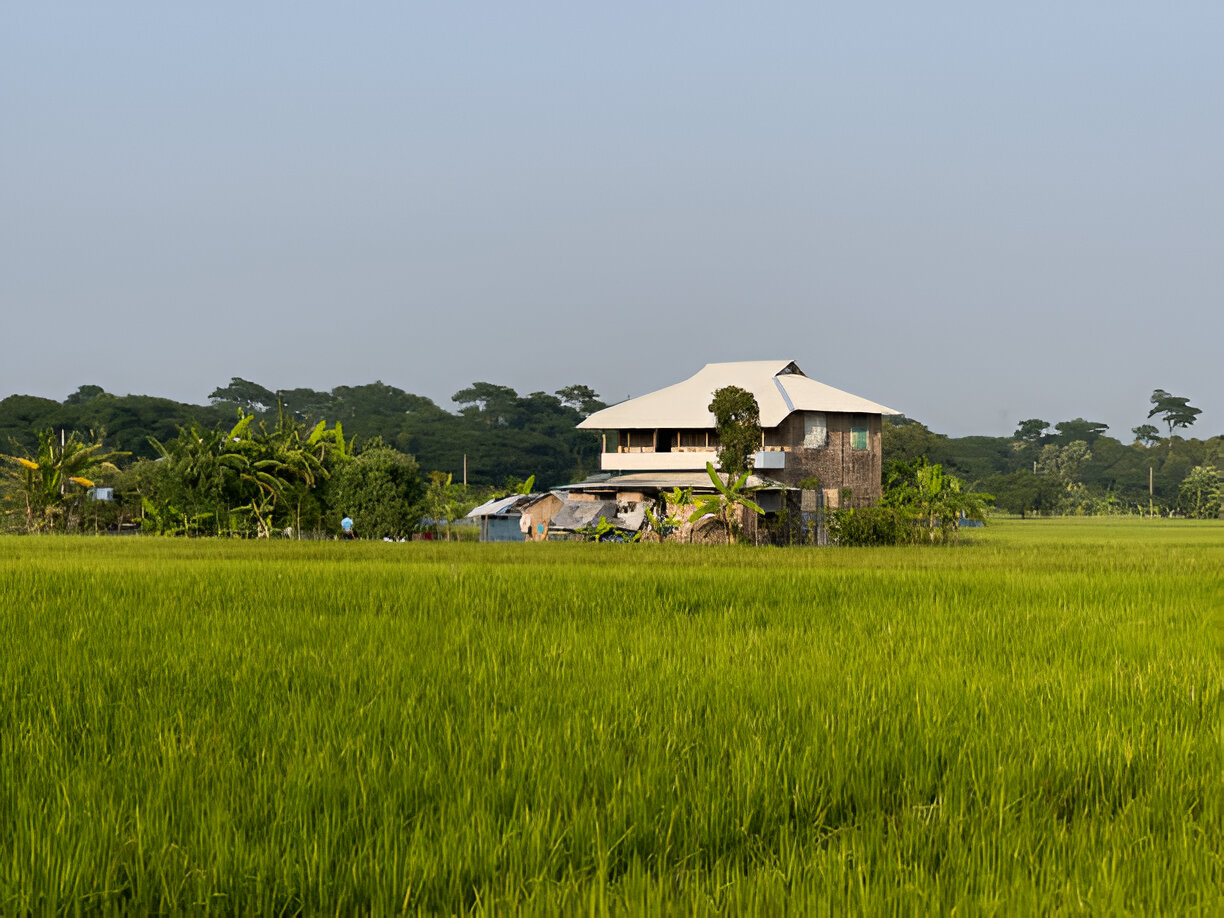
The encroachment is particularly aggressive near urban centers, especially around Dhaka, where farmland is frequently sold off under pressure from real estate developers and speculators. The conversion of agricultural land into concrete structures is proceeding with minimal regulation.
Simultaneously, river erosion — a chronic issue for this deltaic nation — has intensified. In 2025 alone, districts along the Jamuna and Padma rivers reported extensive loss of farmland and displacement of thousands of families. Data from the Centre for Environmental and Geographic Information Services (CEGIS) indicate that erosion has claimed tens of thousands of hectares over the past few decades, and the trend continues unabated.
Climate change is further compounding the crisis. Rising sea levels have led to salinity intrusion in the coastal belt, leaving formerly arable land unfit for cultivation. A 2024 report by the International Union for Conservation of Nature (IUCN) warned that erratic rainfall, cyclones, and floods may reduce Bangladesh’s crop yields significantly by 2050. Events like Cyclone Remal in 2024 have already inflicted severe damage to harvests and farming infrastructure.
Between 2000 and 2020, Bangladesh lost 1.6 million hectares of agricultural land, according to the Bangladesh Agricultural Research Council (BARC). Much of this has been consumed by industrial expansion, government infrastructure, and unauthorized encroachment.
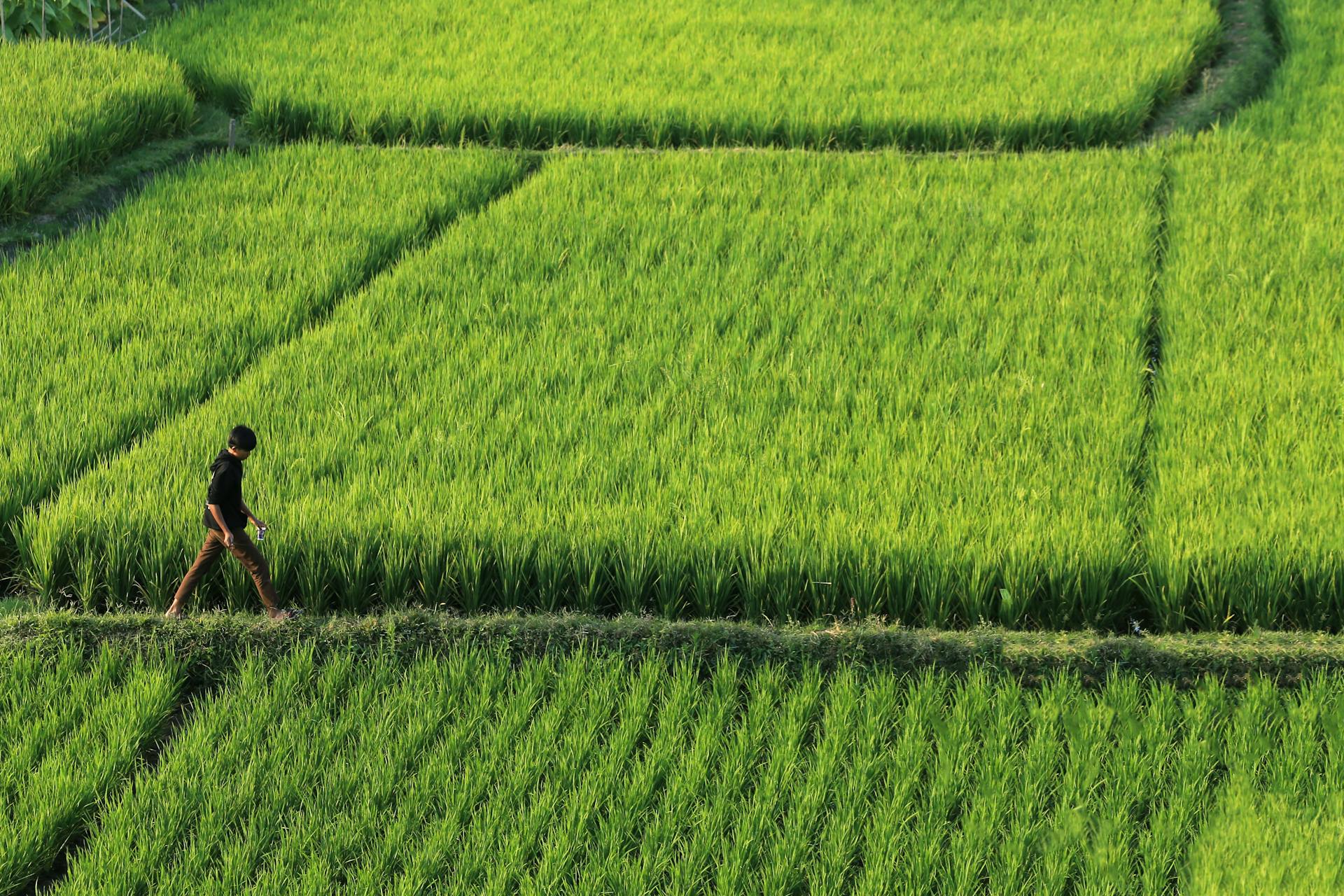
A July 2025 assessment by the Integrated Food Security Phase Classification (IPC) revealed that a growing share of the population is already suffering from acute food insecurity, exacerbated by climate shocks and rising food prices.
To mitigate the crisis, the government has enacted the Agricultural Land Protection and Land Use Act, aimed at curbing the non-agricultural use of arable land. Authorities are also promoting climate-resilient farming techniques, including the development of saline-tolerant crop varieties and urban vertical farming.
However, experts warn that these efforts fall short. They are calling for urgent, coordinated action — including strict enforcement of land use laws, investment in erosion control, and support systems to help farmers adapt to climate impacts.
As Bangladesh teeters on the edge of a food crisis, protecting its remaining farmland is not just about preserving livelihoods — it is a battle for national survival. Without immediate and sustained intervention, the very foundation of Bangladesh’s food system could be eroded beyond repair.
END/AZS/SMA/



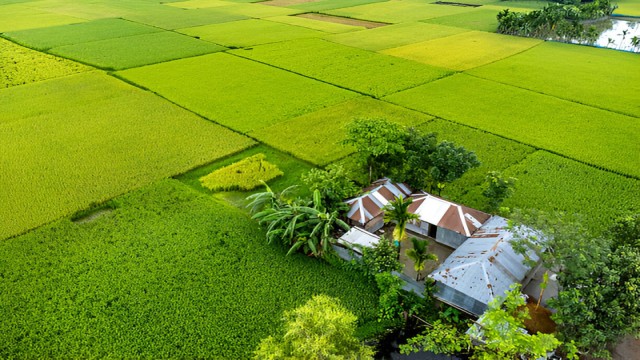

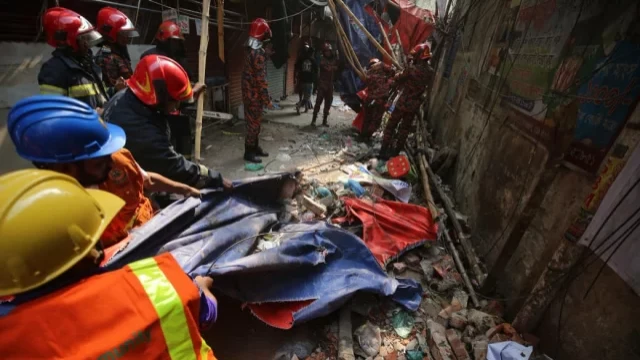
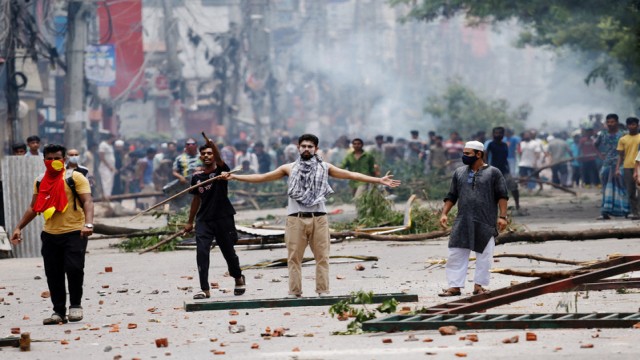
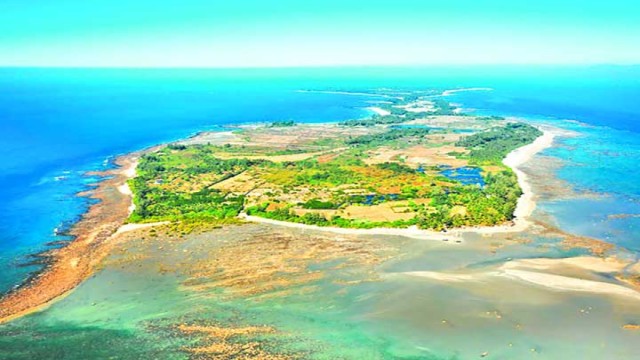

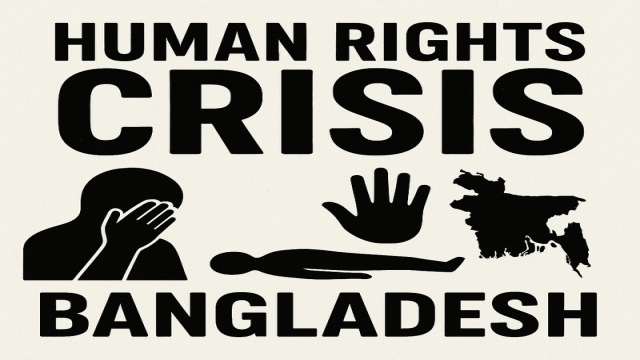



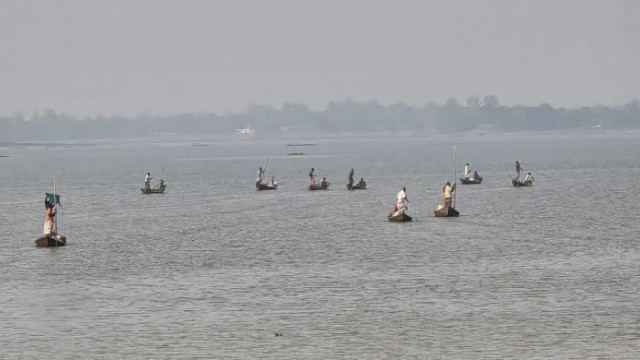



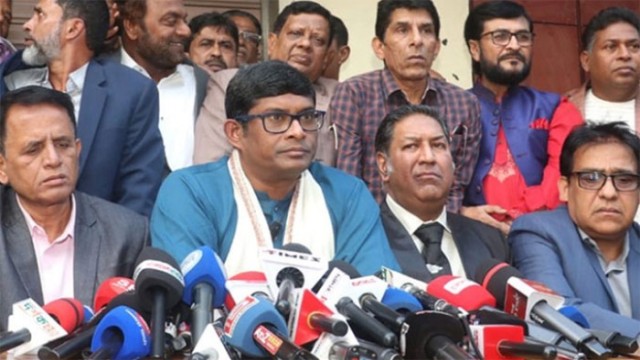
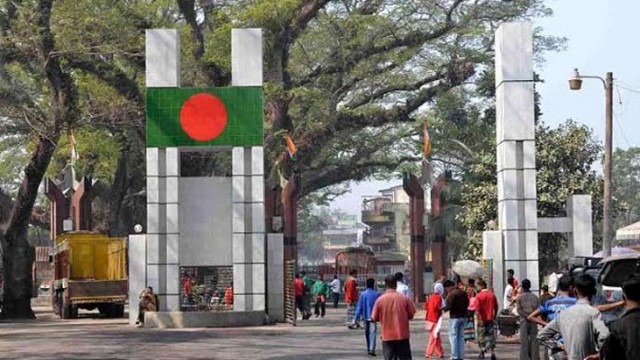



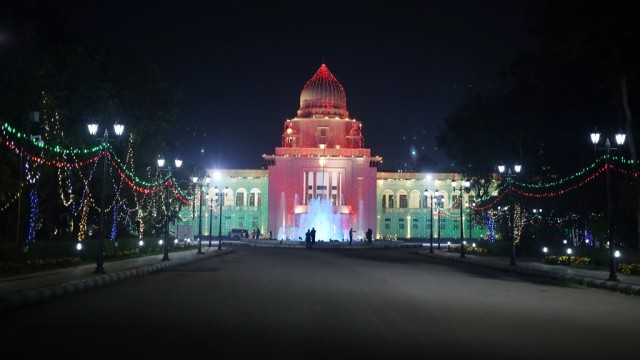






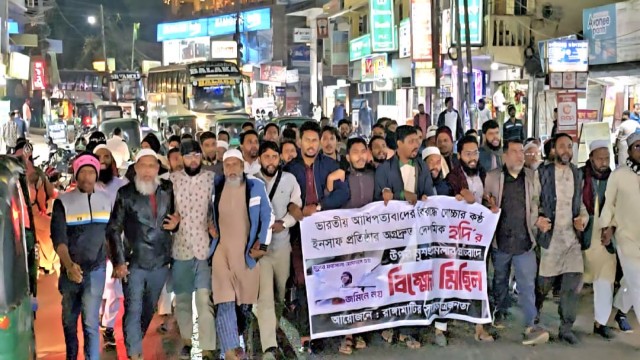

Comment: